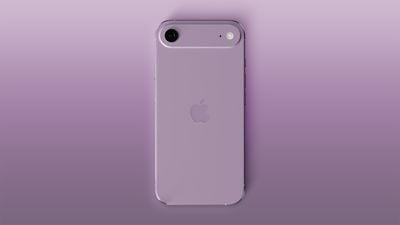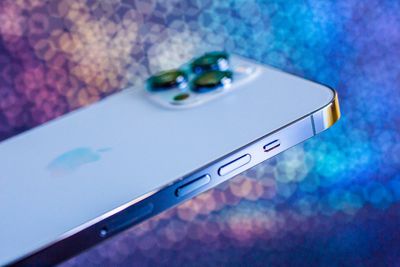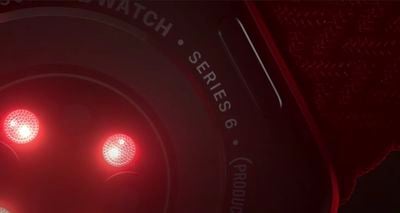Samsung first showed off its OLED M9 Smart Monitor back in January at CES, but now the 32-inch Mac-compatible display is launching. We were able to check it out early to see how it performs with a Mac.
Samsung's M line is marketed as an all-in-one display that's ideal for work, watching content, and gaming, and it does deliver. The M9 is Samsung's premium display, and it's priced at $1,599, so it's on par with the Studio Display.
The M9 uses OLED technology and it's 4K, while the Studio Display has an LED panel with a 5K resolution. Samsung's display is basically a little OLED TV that works with your Mac, and while it's not as sharp as an OLED TV or as crisp as the Studio Display with its 5K resolution, it's impressive to look at. You're limited to 60Hz with the Studio Display, but the M9 supports up to 165Hz, and Macs support up to 120Hz, so you get smoother scrolling and gameplay with the M9. Samsung is using AI-based 4K upscaling to improve lower resolution content.
When it comes to design, the M9 is sleek and modern looking, and the wide stand is not too far off from the Studio Display. The M9 is adjustable, so you can tweak the height and the tilt, and turn the display vertical if you want. At the top and bottom of the display, there are thicker bezels. The top bezel includes a built-in 4K webcam and a microphone, plus the display has included speakers.
For connectivity, Samsung included an HDMI 2.1 port, a DisplayPort, a USB-C port with 90W power delivery, and two USB-A ports. Samsung says it included a unique cooling system with a coolant that can diffuse heat five times faster than a graphite sheet, which better prevents burn-ins. The monitor also detects static images like logos and drops the brightness.
This is a "smart" display with built-in AI, so you can stream content from apps like Netflix right from the monitor, plus you can stream games with no PC. The smart component is what really sets it apart from the Studio Display on a software level, while the 4K resolution, display size, and OLED display technology are the main hardware differences.
The M9 isn't a direct competitor to the Studio Display because the two monitors have different functions, but it is worth considering if you're looking for a great multifunction display for work and play.
Samsung's new M9 Smart Monitor can be ordered from Samsung's website for $1,599.
Note: MacRumors is an affiliate partner with Samsung. When you click a link and make a purchase, we may receive a small payment, which helps us keep the site running.






 Note: MacRumors is an affiliate partner with Amazon. When you click a link and make a purchase, we may receive a small payment, which helps us keep the site running.
Note: MacRumors is an affiliate partner with Amazon. When you click a link and make a purchase, we may receive a small payment, which helps us keep the site running.
 Note: MacRumors is an affiliate partner with some of these vendors. When you click a link and make a purchase, we may receive a small payment, which helps us keep the site running.
Note: MacRumors is an affiliate partner with some of these vendors. When you click a link and make a purchase, we may receive a small payment, which helps us keep the site running. Note: MacRumors is an affiliate partner with some of these vendors. When you click a link and make a purchase, we may receive a small payment, which helps us keep the site running.
Note: MacRumors is an affiliate partner with some of these vendors. When you click a link and make a purchase, we may receive a small payment, which helps us keep the site running. Note: MacRumors is an affiliate partner with some of these vendors. When you click a link and make a purchase, we may receive a small payment, which helps us keep the site running.
Note: MacRumors is an affiliate partner with some of these vendors. When you click a link and make a purchase, we may receive a small payment, which helps us keep the site running. Note: MacRumors is an affiliate partner with some of these vendors. When you click a link and make a purchase, we may receive a small payment, which helps us keep the site running.
Note: MacRumors is an affiliate partner with some of these vendors. When you click a link and make a purchase, we may receive a small payment, which helps us keep the site running.



 The
The 

 Note: MacRumors is an affiliate partner with Amazon. When you click a link and make a purchase, we may receive a small payment, which helps us keep the site running.
Note: MacRumors is an affiliate partner with Amazon. When you click a link and make a purchase, we may receive a small payment, which helps us keep the site running.













